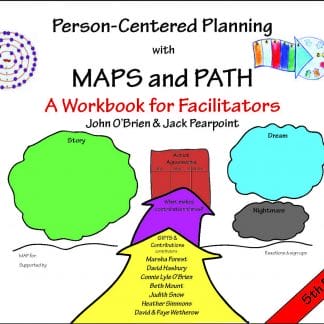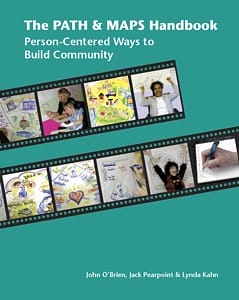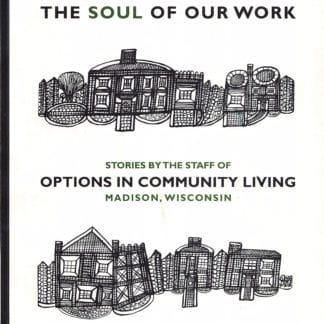Aging in Place – Home Care First
No seniors I know (me included) aspire to be ‘managed’ in a long-term care facility – which we tragically know can be dangerous, lonely and deadly. Rather the vast majority of us want to live out our days in our homes – with support as needed. This can be done. It is being done elsewhere. But our budgets are locked into ‘Long term care facilities’ – and the funds for home care receive a pittance. Since an estimated 80% of care if actually provided by families in their homes, allocating funds to follow the person, then they could decide where to invest their ‘care $’. That would be a start. There would be a few good supportive facilities remaining, but most of us would have the privilege of living out our later years as contributing elders in the community. A better place to be. And if we were smart, we would create a mechanism to pay family caregivers, thus limiting the impact of poverty.
LTC has EVERYTHING to do with Disability
- Ultimately – we ALL need support – sooner or later – so this is about ALL of us
- Frightening reality – a staggering number of young people with disabilities are ‘placed’ in long term care facilities because it will be only BED available.
- Almost all of the approaches we have developed to support people with disabilities to live in the community as full and participating citizens apply to all of us – at any age.
Institutional Agism and the Pandemic
A short Article by Prof. Alan Walker, Univ of Sheffield, UK – the deep roots of agism
Short- term thinking about long-term care
“To truly help our aging population, Ontario must concentrate not just on making institutional settings more efficient in the short-term, but also on keeping older people out of them in the long term. Imagine what could happen if the resources and expertise poured into these studies were devoted with the same urgency and intensity to finding innovative ways to help our fellow citizens age in their own homes.”


Maori Proverb
He aha te mea nui o te ao;
he Targata, he Tangata, he Tangata
What is most important in this world?
Tis people; tis people, tis people.
Seniors for Social Action Ontario
https://www.seniorsactionontario.com/
SSAO: A Tale of Two Reports (deciding LTC futures in Ontario)
SSAO Editorials

Interview with Doug Carton – Co-Founder Seniors for Social Action Ontario
On Global News Radio, Peter Shurman talks to Douglas Cartan, Co Founder Seniors for Social Action Ontario Doug Cartan, (SSAO) spoke about SSAO’s position on alternatives and answered questions about the LTC Commision report. Please take the time to listen as Doug clearly talks about the importance of changing the long term care (LTC) system of institutionalization seniors. about ongoing concerns and issues with long-term care in this province.

‘Too slow, too late’: Ford gov. received months of warnings about long-term care before second wave
Documents obtained by Global News and interviews with more than 20 health experts, including physicians and senior’s advocates, reveal how the Ford government received repeated and pointed warnings about the looming dangers lurking in long-term care homes, and how it failed to deliver what was desperately needed in a sector already devastated by a deadly first wave of COVID-19.
Breaking out of Institutional thinking is Hard Work

This is an outstanding paper by John O’Brien about the complexity of surviving in systems that are ‘mechanistic’ – rather than humanistic. The same issues apply in Long term care where the ‘metrics’ are mechanical counts, rather than the more complex and more life giving investment in people’s talents and relationships.

Valedictory – for Dane County
This is a very sad paper by John O’Brien because it delineates the amazing work of people who invested in people in Dane County – and met every ‘mechanistic’ metric. The results were brilliant, the finances were in line, the programs were praised widely. But the system needed ‘sameness’. and thus created regulations that destroyed their best ‘program’. No one said this work would be easy.
Creating Change in an Entrenched Long-Term Care System: Lessons from the Past
A months-long investigation by Global News interviewed more than 15 people, including personal support workers, physicians and the families of residents, who provided first-hand accounts of how the outbreak unfolded, and obtained dozens of documents through freedom of information requests.
They provide a portrait of a home that was disorganized and unprepared for the virus, even though management had told public health agencies in writing, several months earlier, that it was ready for the second wave.












